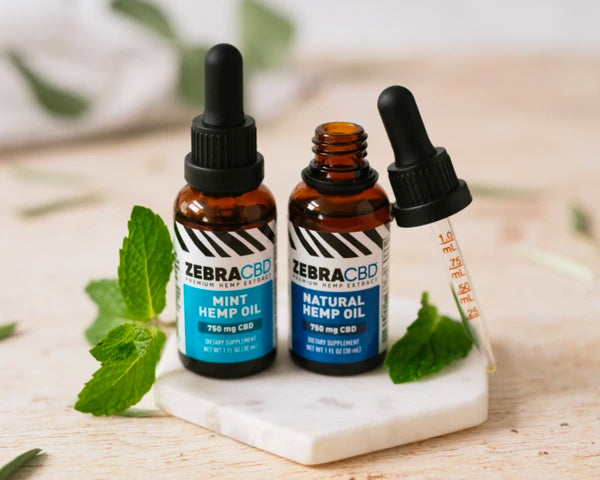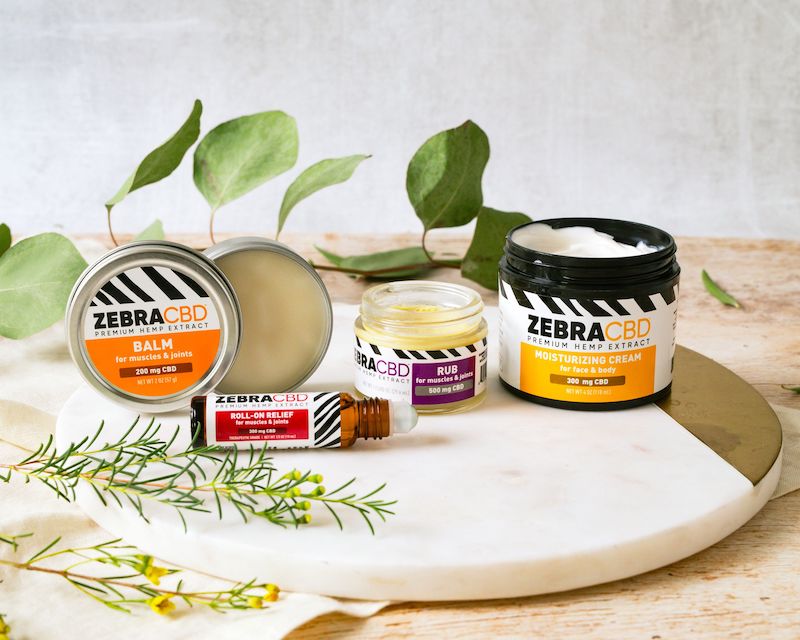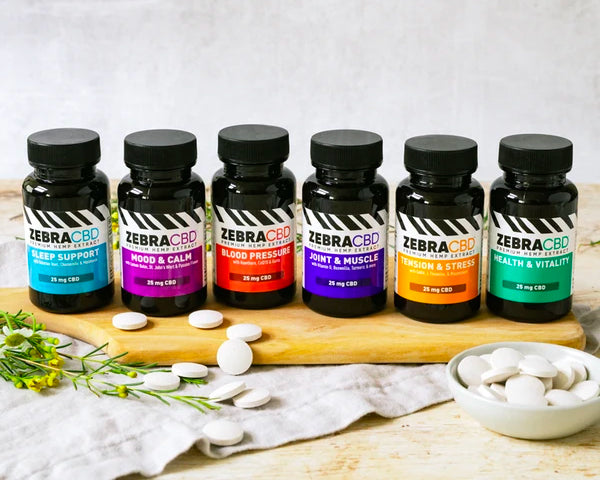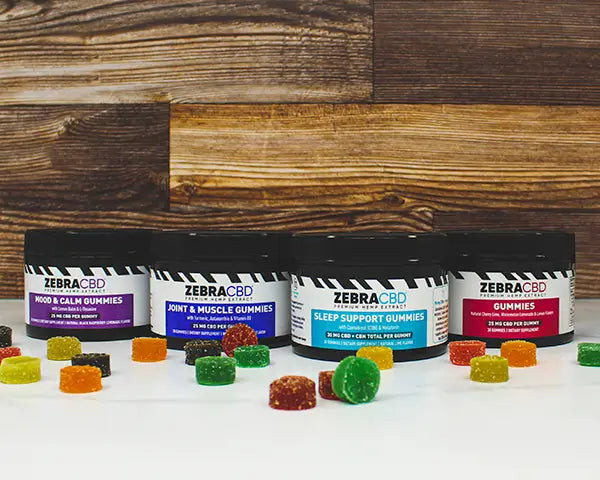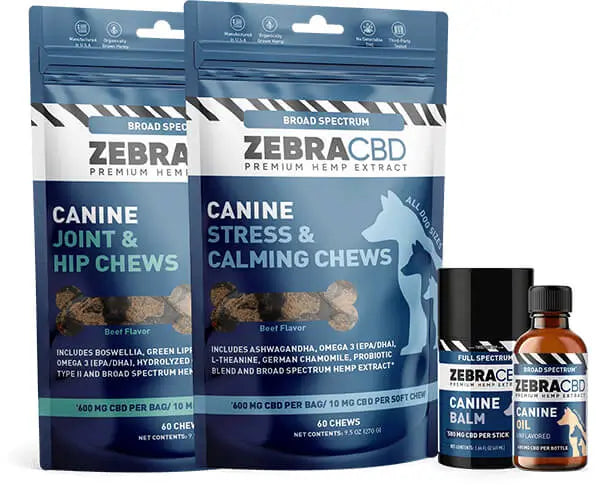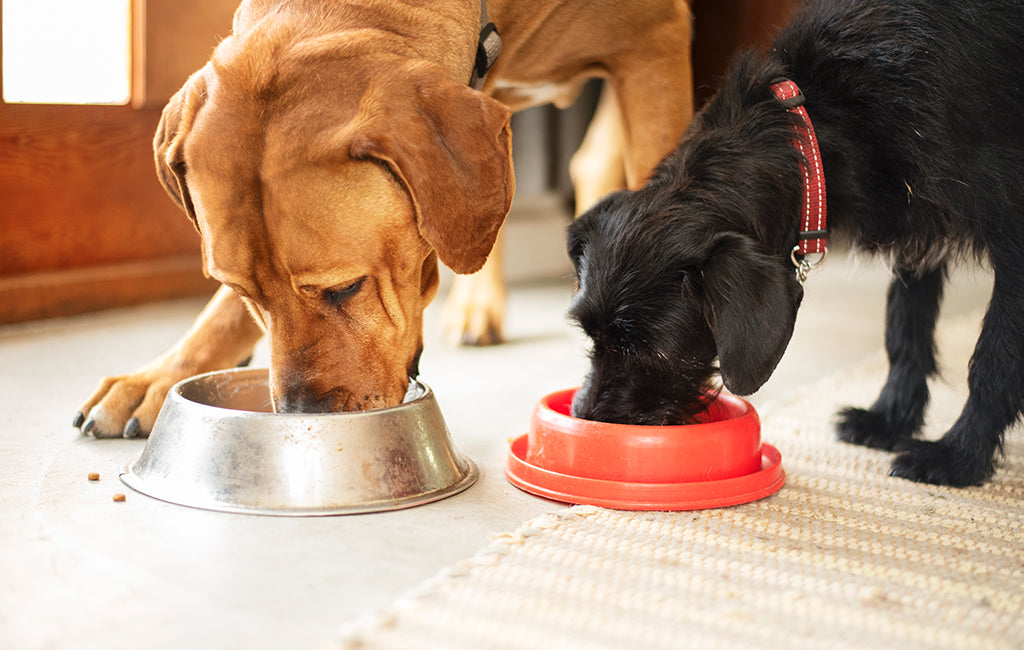
If there’s one thing that most dog owners know to be true, it’s that pups love mealtime. In most cases, it’s the twice-daily activity that trumps all other interests such as scratching, sniffing and socializing and warrants their undivided, drool-infused attention.
But how much and how often a dog eats depends on factors like age, weight and activity level.
To be sure your dog’s diet checks off all the necessary nutritional boxes and contributes to the overall dog’s health and well-being, stay tuned. This article will cover everything you need to know about how often should dogs eat, what goes into the dog’s diet to keep them staying fit and trim, and the advantages of adding CBD soft chews for dogs or Dog CBD oil to their diet.
Basic Nutritional Requirements For Dogs
According to veterinarians Ryan Llera and Robin Downing, an ideal dog feeding schedule for the majority of dogs consists of two meals per day, eaten between eight and ten hours apart. Later, you’ll learn more about what factors may influence that traditional schedule but for now, let’s focus on the basics — basic nutritional needs, that is.
Food and water is the simple solution, of course. Beyond that, however, your pup will need to consume a healthy balance of the following:
- Proteins – Most pups will naturally select a diet that is rich in protein, but there are 10 specific amino acids that dog’s bodies are incapable of producing on their own. They’ll need all 10 of these as part of their regular provisions to feel energized and supported.
- Fats – Aside from providing your dog with plenty of energy, fats are essential for maintaining a healthy coat and skin. Be sure to incorporate foods that are high in omega-3 and omega-6 for a well-balanced diet.
- Carbohydrates – Carbohydrates are another essential dietary component that supports energy levels in dogs. Read the labels to be sure, but, typically, dry dog food and semi-moist dog food contain higher amounts of carbohydrates than wet food.
- Minerals – Calcium, magnesium, iron and zinc are just a few of the primary minerals needed in a dog’s diet to support things like bone growth, skin health and metabolism.
- Vitamins – Just like humans, dogs benefit from vitamins like Vitamin A, D and E. Include them in your pup’s regular meals to help sustain a healthy weight and metabolism level.
Factors That Affect a Dog’s Diet
While every puppy and adult dog will require some combination of the vitamins, minerals and other dietary essentials listed above, there is no one-size-fits-all approach when it comes to the frequency with which they are fed.
Take a closer look now at three of the primary factors that influence how many times a day should a dog eat.
#1 Age
Also known as life-stage feeding, the quantity and frequency of your dog’s mealtime should fluctuate depending on how old or young your pup is. Quickly growing newborn puppies need frequent meals throughout the day, and the same goes for fresh-out-of-the-litter puppies.
On the other hand, busy young pups will need a higher calorie intake to keep up with their active lifestyles. Older dogs, however, may need to eat less frequently as they exert less energy to prevent things like excessive weight gain.
Veterinary Centers of America (VCA) suggests the following for pups:
- Four to six daily meals are recommended for young dogs between six weeks and six months of age.
- Slowly begin to reduce the number of daily meals given at around six months of age.
- As the pup advances into adulthood (at around 10 months of age), the frequency of meals will likely decrease to about two per day.
- Be sure this dietary stage contains food that is higher than average in calcium, an essential mineral needed to support bone growth in dogs.
Alternatively, dogs over seven years old may benefit from:
- A familiar feeding routine, two to three times daily, given at around the same time each day.
- 20% fewer total calories than middle-aged pups.
- Fewer carbohydrates and higher amounts of protein to limit your dog’s risk of obesity.
- A higher intake of fatty acids to help ease the pain of sore joints.
Each dog’s needs are different at different ages, so be sure to consult with your veterinarian for more details regarding your dog’s unique dietary requirements.
#2 Breed
Each breed of pup comes with its own personality, charm and calorie count. Size, in particular, seems to play a major role in how much or how little to feed your pet. Consider a few large breed dogs such as:
- Great Danes
- German Shepherds
- Bernese Mountain Dogs
- Saint Bernards
- Newfoundlands
- Great Pyrenees
- Labrador Retrievers
These large-framed animals will need to consume a higher number of calories per day, depending on their weight and activity levels. Active dogs weighing around 90 pounds, for example, will need a daily caloric intake of about 2,100, whereas an active pup of a smaller size may only need around 400 total calories per day.
Although the total number of calories may be fewer for small breeds than it is for larger ones, small dogs’ high metabolic rates actually demand more calories per pound. Over the course of two or three meals per day, petite adult pups weighing around 10 pounds will need between 296 and 436 calories each day.
Common canines classified as smaller breed dogs include:
- Yorkshire Terriers
- Pomeranians
- Yorkipoos
- Chihuahuas
- Cocker Spaniels
- French Bulldogs
- Miniature Poodles
#3 Activity Level
The size and activity level of your dog are two factors that often go hand-in-hand when it comes to determining the best dietary approach for your pet. Whether your dog spends their days endlessly chasing squirrels and sticks or lounging on the sofa will certainly have an impact on how much and how often they should eat.
The National Academy of Sciences outlines a few important calorie considerations when it comes to energy exertion:
- Inactive adult dogs will require anywhere from 296 calories to 1,540 calories each day.
- Active adult dogs will need between 404 and 2,100 calories to sustain their energetic lifestyles.
- Older dogs that still maintain a somewhat active lifestyle will benefit from a daily caloric intake of 327 to 1,700.
Again, chat with your veterinarian for specialized guidance about your dog’s mealtime requirements. Keep the suggested caloric intake in mind and find a way to disperse that number across a dog feeding schedule that works for both you and your dog.
How to Diversify Your Dog’s Diet
If you’re looking to stray away from standard pet food or to supplement it with something healthy and hearty, take a look at a few superfood suggestions below.
However, keep in mind that when combining your dog’s standard diet with a few extra rewards, it should only account for about 10% of their daily caloric intake.
Consult with your veterinarian if you have any questions about your pet’s recommended daily consumption and what add-ons are appropriate for their specific needs. In the meantime, diversify your dog’s diet with these pup-approved ingredients:
- Pumpkin – Not only jack-o-lanterns, but pumpkins are also the jack of all trades when it comes to complementing your pup’s diet. Rich in fiber, antioxidants and vitamins, this winter squash is great for supporting immune, skin, coat and digestive health.
- Olive oil – Think back to the omega-3 and omega-6 fatty acids mentioned above. Olive oil contains these and more. So, by sprinkling a small amount on top of your dog’s morning or nightly meal, you’ll be packing it with a few more anti-inflammatory properties than usual.
- Eggs – For shiny fur and healthy skin, include a scrambled egg atop your dog’s next meal. Whether it’s proteins or fatty acids they need, pups will get plenty packed into just a single egg. They can be higher in calories, however, so be sure to keep an eye on calorie count when incorporating them into your dog’s diet.
- Carrots – Immune, eye and digestive health are just a few benefits dogs can take away from the occasional inclusion of carrots into their diet. Whether they’re consumed raw or cooked, your pup will be happy to have an extra bit of beta-carotene mixed in with their breakfast or dinner.
- Blueberries – Tart, sweet and high in antioxidants, blueberries are more than just a healthy summertime snack for humans. Dogs, too, can benefit from these berries that target urinary tract and cell health, in particular.
- CBD chews – Is CBD safe for your dog? Cannabidiol, a chemical compound found in certain plants in the Cannabis family, such as hemp and marijuana, can be added to both human and canine diets to ease joint stiffness and allow for more freedom of movement. Dog CBD is also one of the tools to use on how to train a dog to stop barking and how to calm a dog down, or how to make a dog go to sleep.
Sustain and Supplement Your Pup’s Diet With Zebra CBD Chews
No matter how many meals a day your dog requires, consider rounding out their diet with Zebra CBD Chews. They’re made with the highest quality ingredients for adult dogs and contain 10mg of broad-spectrum CBD per chew.
You can opt for the CBD Joint & Hip Chews to ease the tightness of your senior pup’s joints or choose the CBD Canine Stress & Calming Chews instead for dogs that tend to experience feelings of stress or panic.
Either way, you can rest assured knowing that these beef-flavored snacks are packed with natural, clean ingredients to keep your dog licking their chops and living a healthy, well-balanced lifestyle.
Start browsing the collection of vet-reviewed formulas at Zebra CBD today.
Source:
VCA Hospitals. Nutrition - General Feeding Guidelines for Dogs. https://vcahospitals.com/know-your-pet/nutrition-general-feeding-guidelines-for-dogs
The Farmer’s Dog. Superfoods In Your Kitchen: 15 Healthy Treats For Dogs. https://thefarmersdog.com/digest/superfoods-in-your-kitchen-15-healthy-treats-for-dogs/
The National Academies. Your Dog’s Nutritional Needs. https://nap.edu/resource/10668/dog_nutrition_final_fix.pdf

